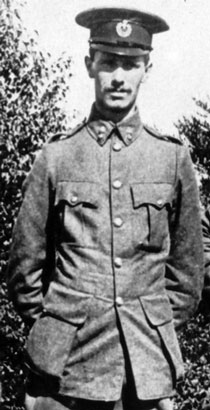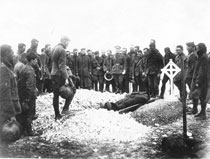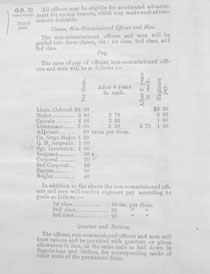RESEARCH
The CME Museum holds over 9,000 photos from the history of the Canadian Engineers and over 10,000 reference books and training manuals for research purposes. There are many personal diaries and all of the World War II War Diaries from Engineer units detailing day to day operations at that time. The research library is open to the public for research or reading for interest.

Seeking Military Records for Former CME Personnel?
If you looking for military information on a family member, the main source of information will generally be the National Archives of Canada. They hold the Military Records after the Department of National Defence no longer has a need for a member's file due to the individual's release or death. The type of documents that are available online are outlined at Collections Canada: For First World War archives, use “Record Group 150” and "Record Group 9" while “Record Group 24” applies for post-WW I records.
The Privacy Act dictates the measures that govern the public's ability to access the documents. As guidelines, for example:
- files of members of WW I are open to the public,
- files of WW II service member who were killed in action are open to the public, and
- files of service members who have been deceased for at least 20 years are open to the public but must first be screened to protect "Third Party" personal information.
The third category (above) is the most common type of search. However, National Archives requires that YOU provide the Proof of Death. Proof of Death can be a Death Certificate, Cemetery Record, Newspaper Obituary, picture of a tombstone, etc. See Collections Canada "Access to information and Privacy Division" for the address to submit a request for information.

If you are uncertain of a Date of Death, there are a couple of sites that can assist. If the individual died during war, they will most likely be listed on the Veteran Affairs Site site.
If the individual was a member of the Royal Canadian Legion, their death may be listed on the Legion site.
If you believe that the individual may have been in a “Casualty List,” you can search the extensive online archive of newspaper clippings at locations such as the Canadian War Museum.

For most requests for information on a family member,
National Archives will generally respond within several weeks and provide
what they refer
to as their "Genealogy Package." This generally comprises copies
about a dozen pages of Enlistment and Discharge documents as well as
the Service and Casualty Record. If you want more information, be prepared
to wait some time as screening a set of Military Records for Third Party
information is a laborious process.
The Service Record will note all postings, promotions and other significant personnel activities. If you wish to learn of the member's activity while in a certain unit, there are several general courses of action:
- Read the appropriate volume of RCE/CME History. They are available for purchase from the Military Engineering Institute of Canada or you should be able to borrow them from your local Public Library on Inter-Library Loan.
- War Diaries are held in National
Archives in Ottawa and
provide the record of the day-by-day activity.
Most of the War Diaries of the First World War units have been
microfilmed and digitized. The
digitized Diaries are available online and the
microfilm format can be borrowed on Inter-Library Loan. Many
of the WWII Diaries are also available in microfilm format but
the project is ongoing. Completed microfilming may not be indicated
on
the results
of the online Search
Tool. Thus it is advisable to consult on the status of microfilming
by email. War Diaries
are lengthy and often not easy
to research so you might consider engaging a freelance researcher
in the Ottawa area to conduct the research for you. National Archives
maintains
a list of such individuals.
- A number of Unit Histories exist in various locations across the country. To determine if one exists for a particular unit, submit an inquiry to the CME Museum.
